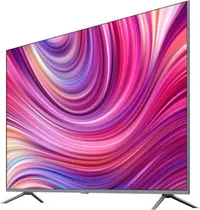TechRadar Verdict
Xiaomi has proven its mettle in the smart TV market multiple times, and the new Mi QLED TV in India is the pinnacle of its journey. Offering a beautiful and vibrant display, along with powerful speakers and an operating system that is genuinely smart, and we have a winner. The design does take a backseat though, in a function-over-form approach.
Pros
- +
Excellent panel quality
- +
Dolby Vision HDR support
- +
Incredible in-built speakers
- +
Highly customizable
- +
Comprehensive connectivity
Cons
- -
Blacks could be darker
- -
Protrudes from the wall
- -
Only available in 55-inch
Why you can trust TechRadar
Two-minute review
Xiaomi’s journey in the Indian smart TV market is one for the history books. By selling over 5 million units, it has been the segment leader for 10 quarters straight. A big part of this success is the relatively affordable pricing of these TVs, which are tailored for the local preferences.
Having cracked the lower price segments, it has its sight on the premium space of India with the Xiaomi Mi QLED TV 4K. Not only is it the brand’s most expensive offering at Rs 54,999, but is also the first one to offer a QLED panel. Enthusiasts will immediately realise how competitive that pricing is, especially for a 55-inch panel.
Thankfully, it’s not just about the specs here as the TV does deliver a great visual experience. While the 4K panel brings ample sharpness, the QLED technology underneath is clearly the star of the show. It offers incredible colour vibrancy, contrast and dynamic range -- at levels that are usually seen on expensive products only. Moreover, every aspect of the viewing experience can be fine-tuned and customized to a degree that few TVs will match.
In recent years, soundbars have become a compulsory sidekick, especially with premium TVs. Xiaomi is able to beat that axiom as well by offering some of the best audio experiences seen on any TV, irrespective of the type of content or the output levels.
Lastly, to bind everything together, we have PatchWall. The custom interface, even if a little heavy, is a great way to find content to watch, even if you don’t know what you’re looking for.
All in all, the Xiaomi Mi QLED TV is an easy recommendation for anyone looking to get a high-end TV with a ton of features without breaking the bank.
Pricing and availability
Rs 54,999 on Flipkart
Launched in India in December 2020, the Xiaomi Mi QLED TV 4K is priced at Rs 54,999 for the 55-inch variant. All models are made in India.
Sign up for breaking news, reviews, opinion, top tech deals, and more.
Design
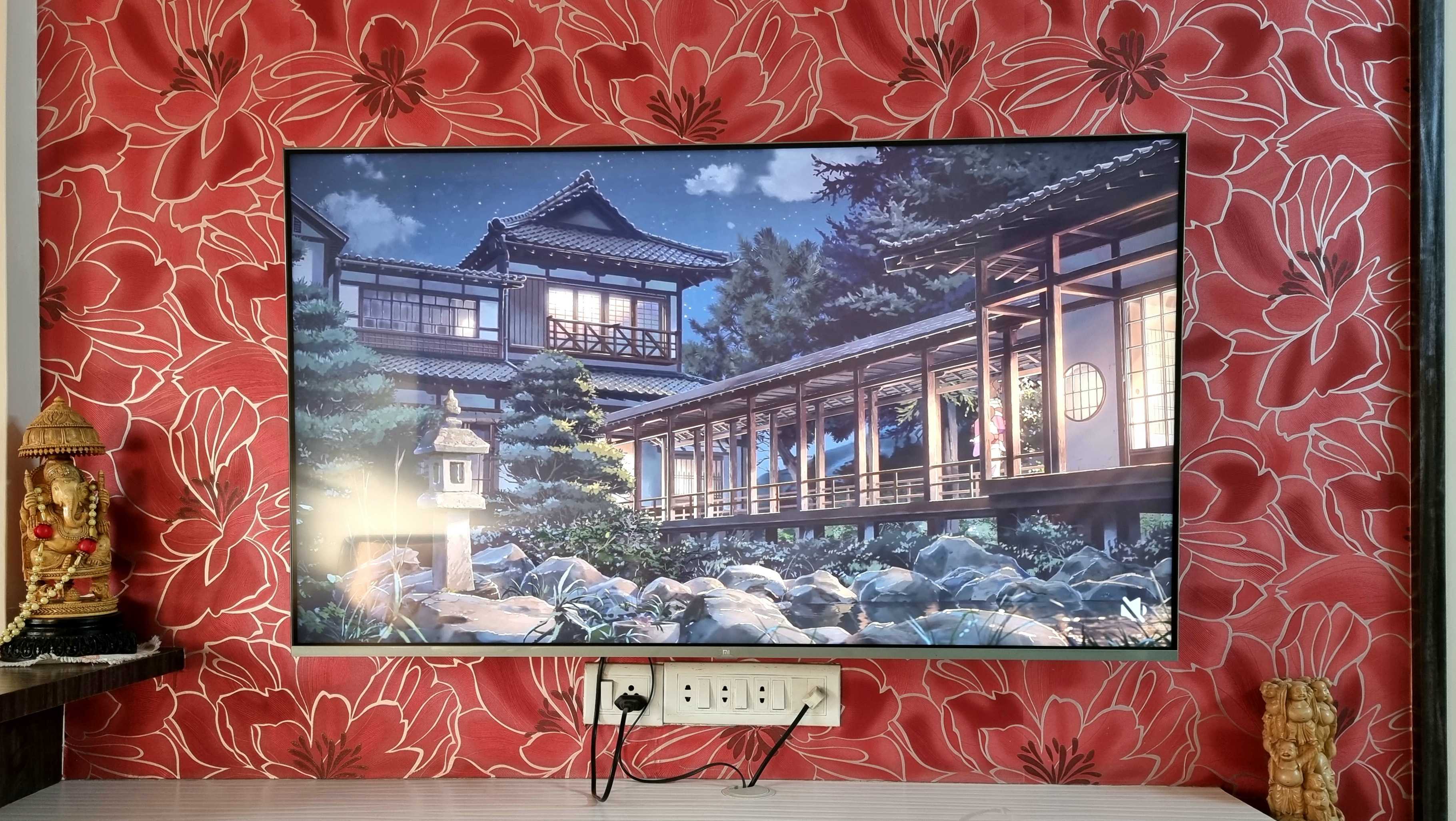

There’s not much manufacturers can do in terms of designing an iconic TV, and thus, most brands lean towards minimalism. The Xiaomi Mi QLED TV is no different. It opts for a brushed aluminium frame with pretty slim bezels on three sides and a small chin to house the logo. It looks premium but won’t win any awards. On the right side, there is a small “Designed by Xiaomi” motif etched onto the brushed aluminium in a non-obtrusive way.
The TV comes with a table mount included, where the feet stand more than a metre apart, so be sure to measure your cabinet before finalising. Keep the almost-14kg of weight in mind too. We went with the wall mount option to hoist it up to eye-level and not strain our necks. Oddly, not only does it stick out a fair bit from the wall, but it also seems to be slightly tilted forwards. None of these are a deal-breaker, but it could trigger your minimalism OCD.
Display


The Xiaomi Mi QLED TV 4K comes in a single screen size. You are looking at a 55-inches panel with a 3,840 x 2,160 resolution and as the name suggests, it is a QLED screen, a first from the house of Xiaomi in India. On the inside, there’s Xiaomi Vivid Picture Engine that will improve the viewing experience by emitting true to life colours and enhanced output.
The TV has a slim bezel profile which leads to a whopping 96% screen-to-body ratio. Further, it also supports HDR, HDR10+, HLG and Dolby Vision codecs. It also covers 100% of the NTSC colour space and 95% of the DCI-P3 gamut. For those who need more customization options, the company has also added a total of 14 picture profiles. The Reality Flow MEMC is also present on the TV which upscales 24fps content to 60fps. The only major feature thing that the Xiaomi QLED TV misses is the high refresh rate but, that’s acceptable given the pricing.
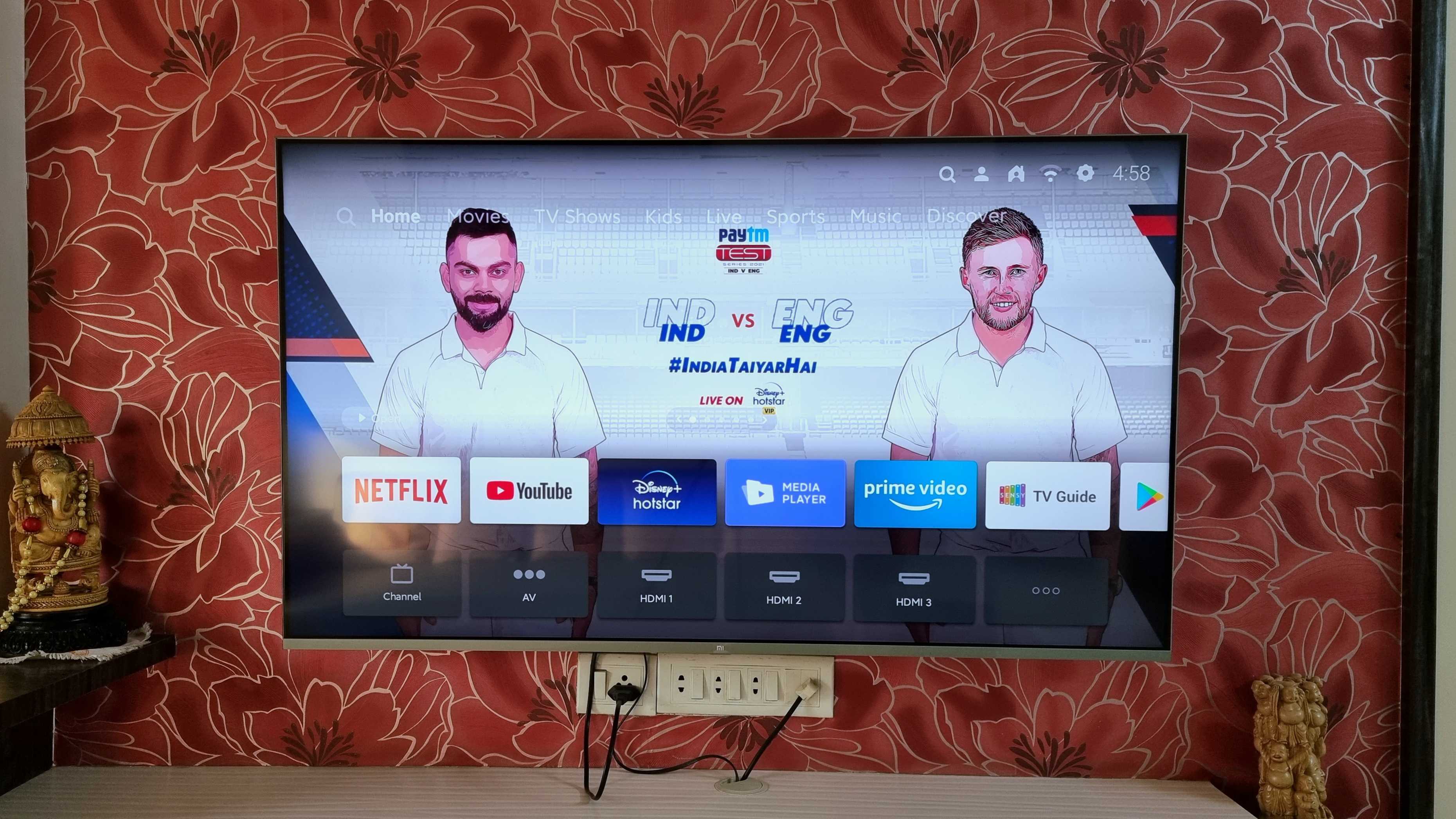
Most of these specs translate handsomely to real-life usage. The panel has excellent dynamic range, vibrancy and contrast control. Not being an OLED screen, the blacks can seem closer to dark grey in some situations. The clarity and sharpness were on point too. Moreover, the TV offers a barrage of customization options, allowing you to change the colour space, gamma, temperature, noise, hue, saturation and more in a jiffy. If you know your way around these, you can get a very enjoyable experience picture profile for all types of content.
This can also be used to fix the uneven backlighting that can be seen during darker scenes. This is a byproduct of the VA panel, which prioritizes richer colours at the expense of viewing angles.
MEMC upscaling has a bit of a bad rep among enthusiasts as it changes the natural motion blur. However, it had a cool side effect: I could use it to run console games at 4K 60fps, even if that setting wasn’t natively supported due to hardware limitations. For example, the Xbox Series S is primarily meant for 1440p gaming, but the Mi TV’s smoothness algorithm allowed me to increase the resolution from the console and increase the frame rate on the TV for a better experience.
Audio
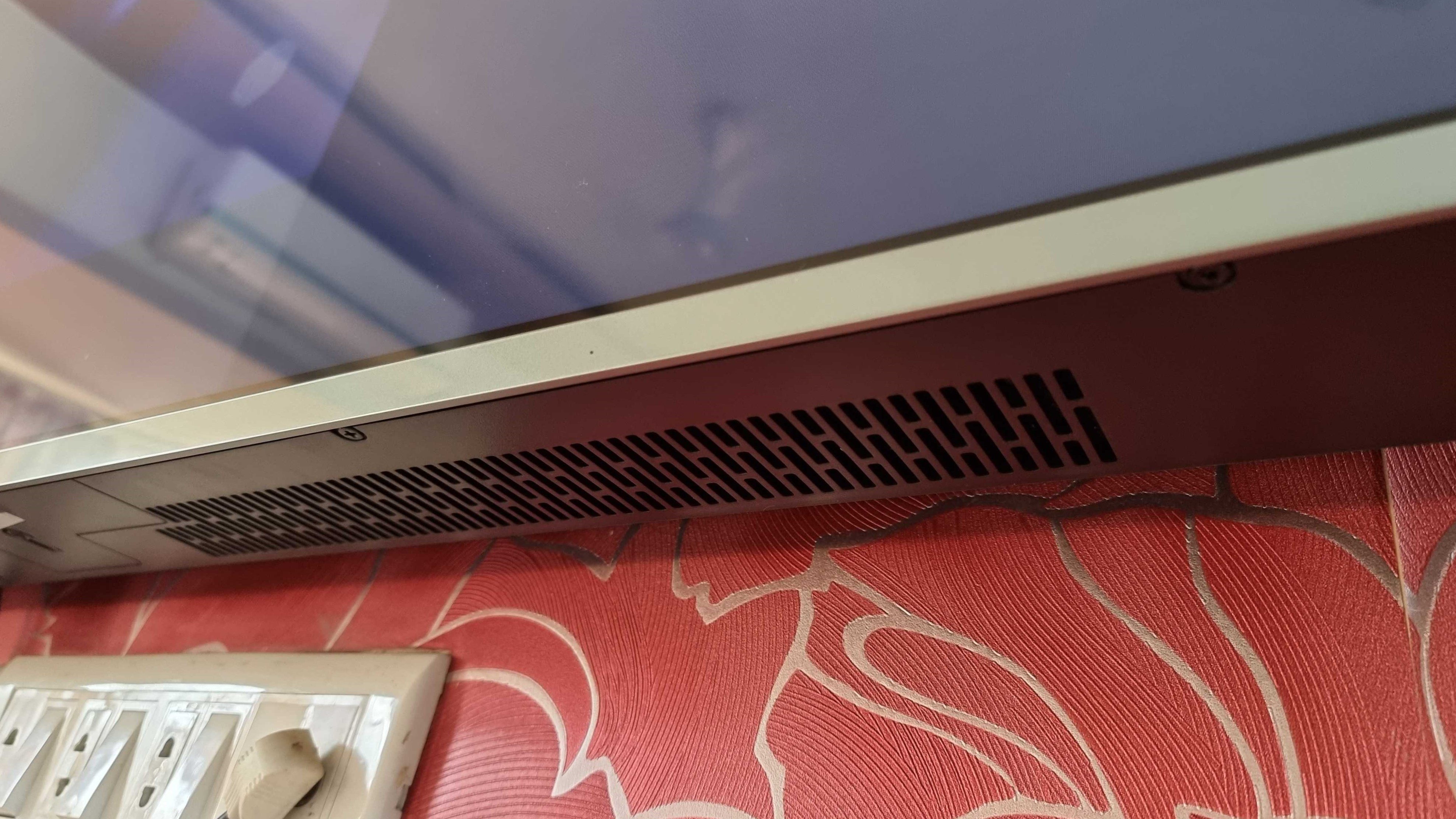
There are in-built speakers onboard which the company claims eliminate the need for a soundbar. There are a total of six drivers - two sets of tweeters and two woofers that can produce audio output up to 30W. It is capable of covering audio from 60Hz to 20KHz frequency. Apart from the regular audio, the Mi TV QLED also supports Dolby Audio and DTS-HD audio formats.
Xiaomi’s claims of the TV not needing a separate soundbar were correct. The speakers can get very loud without being distorted. It seems to have a slight preference for vocals over music, but that can once again be customized as per liking. For the size of my living room, we never had to push the volume to over 50%, except during parties where it was our source of music. It is definitely the best audio experience on a Mi TV.
Remote
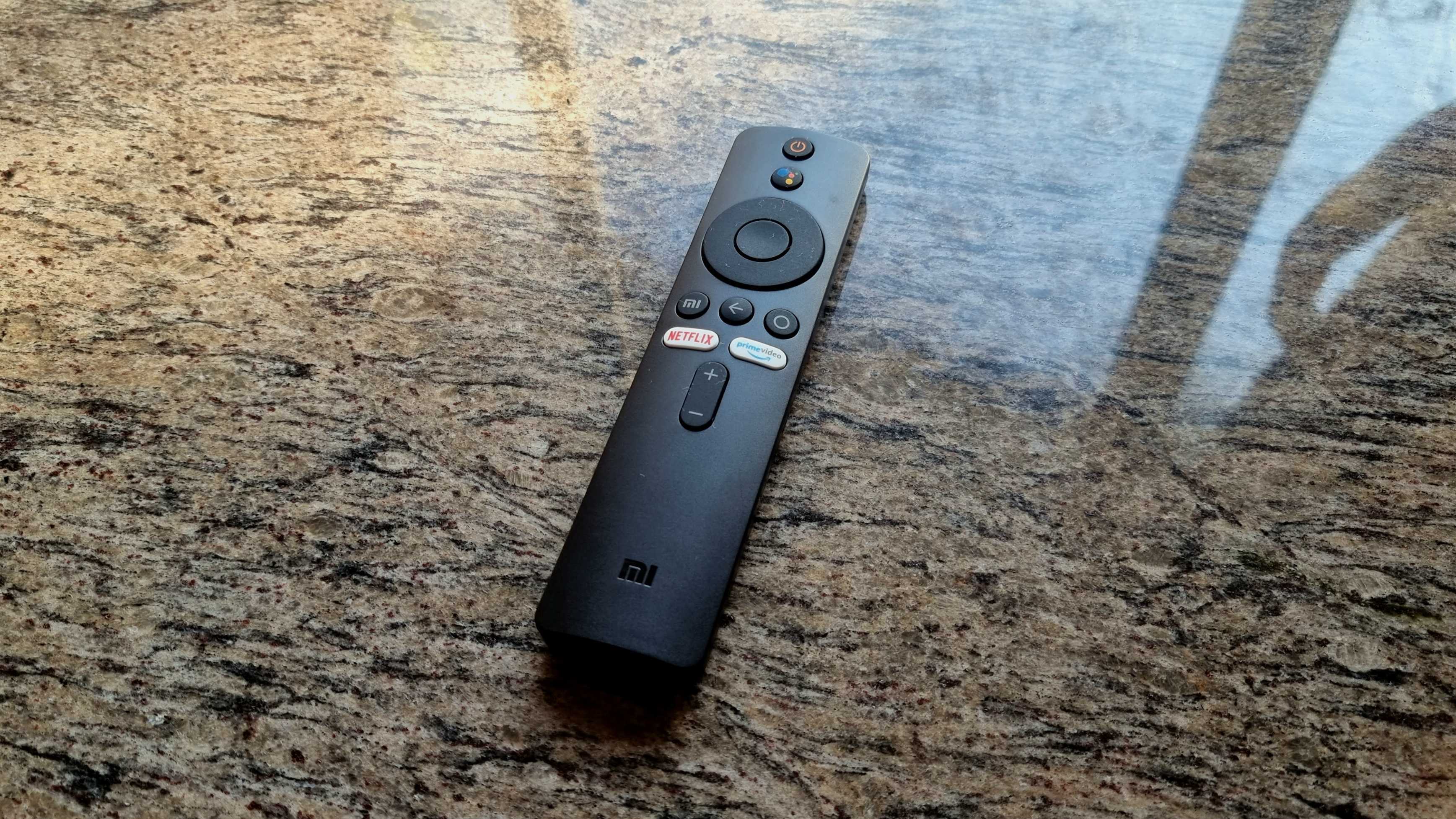
If you’ve seen any other Mi TV’s remote, the one with the Xiaomi Mi TV QLED will seem identical. While that’s not a bad thing, something more premium would have been better this time. Objectively, it’s a tiny plastic remote with only the essential keys and OTT buttons with shortcuts for Netflix and Prime Video.
It also offers a dedicated Google Assistant button for voice commands, which comes handy as typing without a keyboard can be a pain. Then there’s also a ‘Mi’ button, which can be used to jump to PatchWall or access the aforementioned customization options.
Features
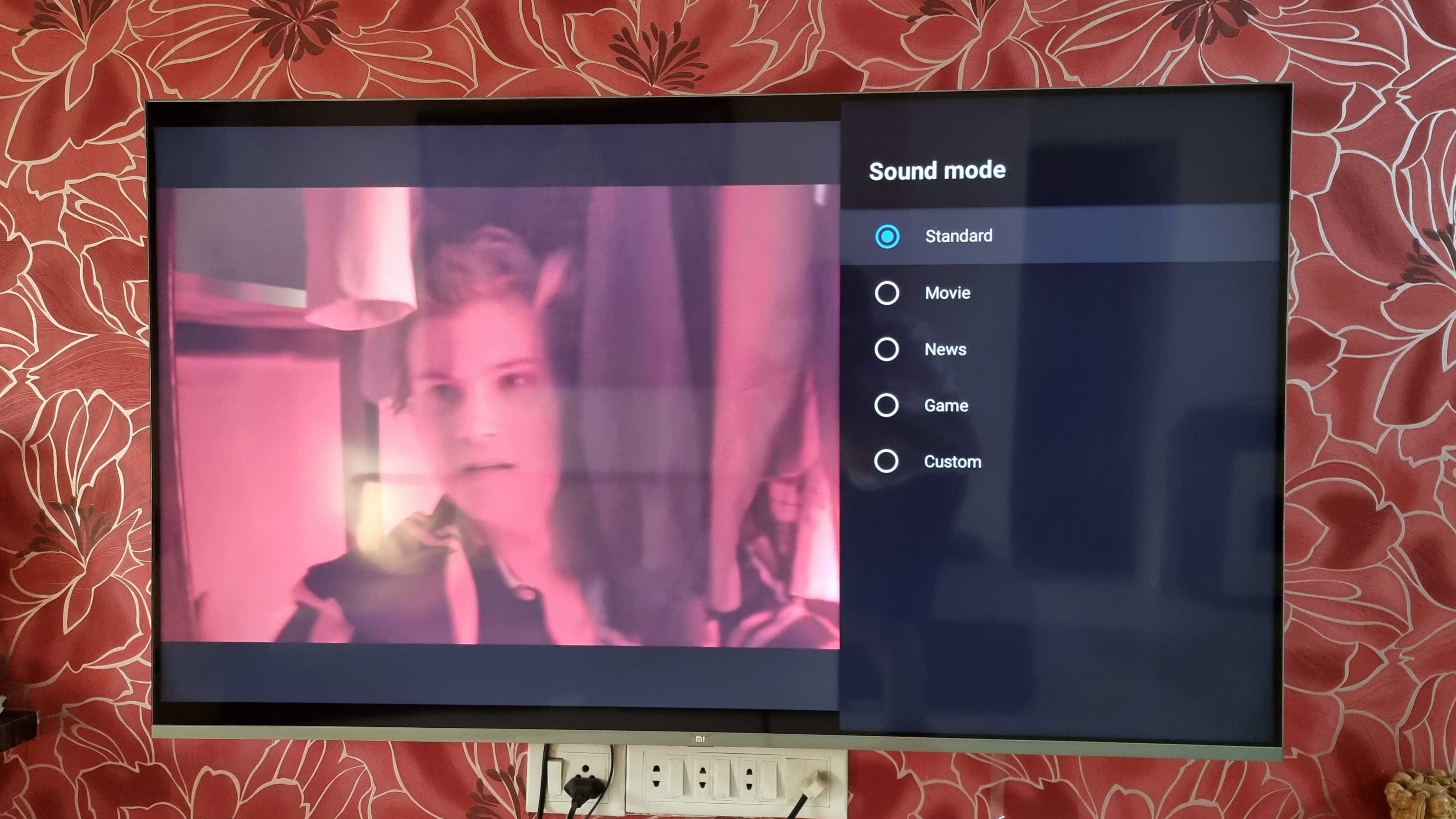
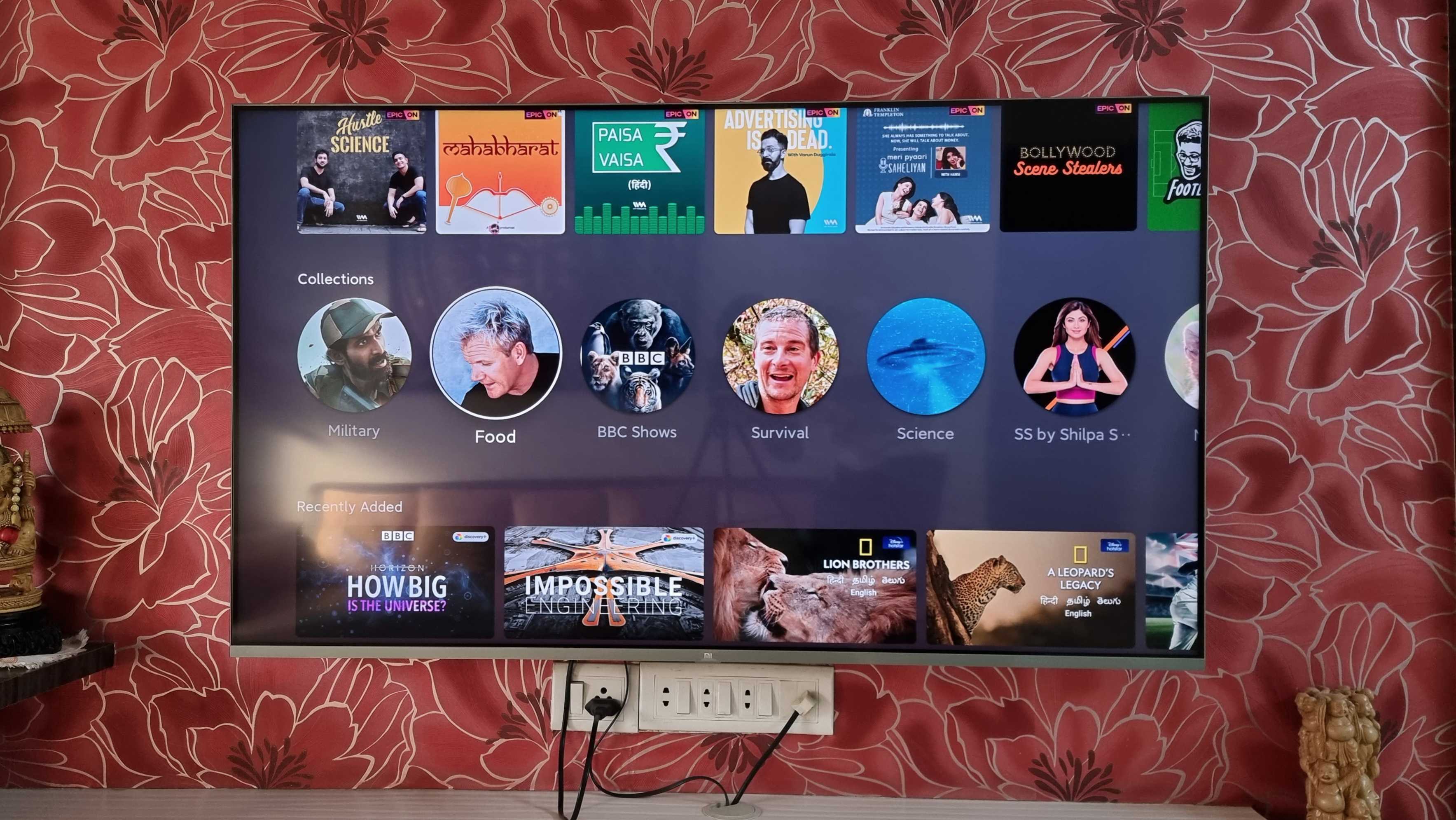
One of the aspects that sets apart Xiaomi Mi TVs in the crowded Android smart TVs is the Patch Wall UI. The Xiaomi Patch Wall UI skin for Android TVs has come a long way since its inception and is currently one of the best software experiences on the market. The Xiaomi Mi QLED 4K TV runs on Patch Wall UI based on Android 10 TV OS. With Android OS comes plenty of apps and games support along with access to Google Play Store and Google Play Services.
PatchWall can seem a little crowded at first as it aims to be a user interface as well as a content recommendation platform, but once you get used to it, it is a boon. If you own multiple OTT subscriptions, you know how painful it can be to remember which show is available on which platform. PatchWall takes care of all of that by offering universal search. Moreover, it can also show news, live sports and other content that cable users would want.
As for the performance, the TV is packed with a quad-core MediaTek 9611 chipset along with 2GB of RAM and 32GB of storage. For those who want to plug in their PS5 or Xbox, the Xiaomi QLED TV 4K offers three HDMI 2.1 ports that support 4K 60fps playback.
As for connectivity options, the Xiaomi Mi QLED TV has three HDMI 2.1 ports, two USB ports, Ethernet, optical, and a 3.5mm audio output. eARC for uncompressed audio is also present. Wireless connectivity options include Bluetooth 5.0 and dual-band Wi-Fi, both of which offered strong connections in our testing.
Verdict

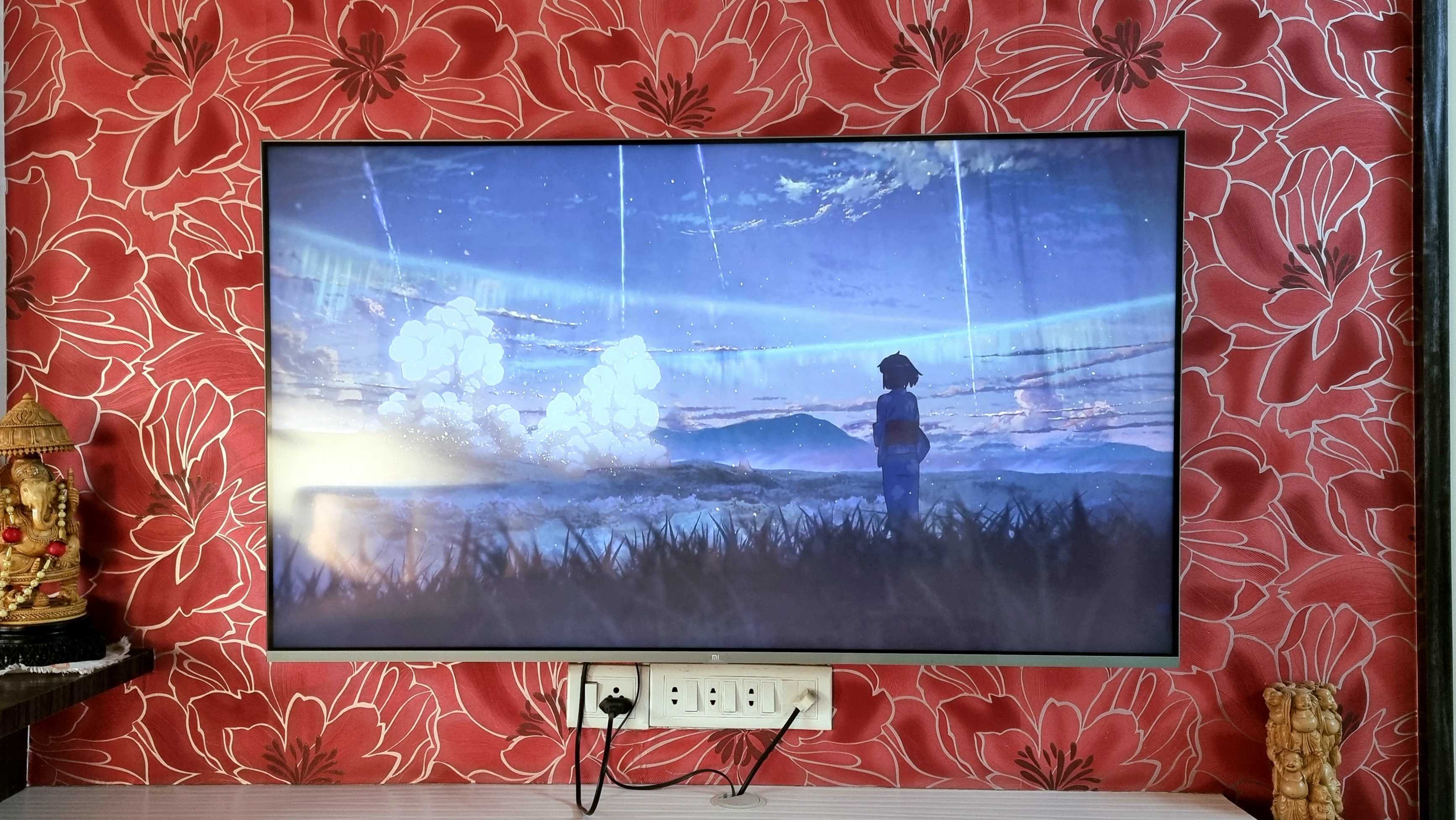
The Xiaomi Mi QLED TV 4K is an easy recommendation for anyone looking to get a TV with premium features without breaking the bank. It’s not the only QLED TV in this segment but is probably the one that offers the most complete experience, thanks to the great picture quality, incredible speakers, an easy-to-use interface and more. The only thing we’re hoping to see from Xiaomi in the future is a model with a 120Hz refresh rate and more sizes.
However, if you’re not keen on making the jump to QLED, you have many more options in the market that will be significantly cheaper, without skimping on the features.
- Best 55-inch 4K TVs under Rs 50,000 in India
- The Xiaomi Mi TV Q1 is the most gorgeous, affordable 75-inch 4K TV you'll never see
- OLED vs QLED: the premium TV panel technologies compared

Aakash is the engine that keeps TechRadar India running, using his experience and ideas to help consumers get to the right products via reviews, buying guides and explainers. Apart from phones, computers and cameras, he is obsessed with electric vehicles.

